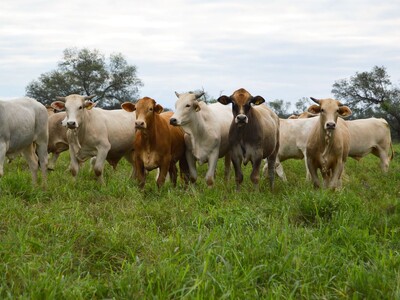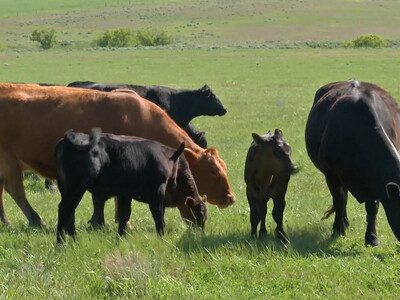Seneca Virus
Animal health officials in the U.S. are busy dealing with an emerging virus in swine that mimics the dreaded foot and mouth disease. The Seneca Valley Virus has been showing up in pigs throughout the US and, specifically, in hogs imported from Canada by truck. The virus itself is not necessarily the problem and infected animals quickly recover. But State Veterinarian Dr. Brad LeaMaster with the Oregon Department of Agriculture says it mimics something much more serious– foot and mouth disease, something not seen in the US since 1929:"Clinically, it looks like exactly like FMD and it takes a laboratory test to determine or distinguish between the two. That's the biggest risk with Seneca Valley Virus."
Officials have to take Seneca Valley Virus very seriously:
"So we are making detections of this disease several times a week. That causes a huge amount of work for us. We have to send a veterinarian, we have to take samples, those samples go to the laboratory, and those costs all add up."
The clinical signs on affected pigs are identical between Seneca and foot and mouth– blisters on the nose and feet, and general lameness in the animal. The lab is the only way to confirm the virus. LeaMaster says they can't take the chance of assuming a reported case is just the Seneca virus. If it happens to be FMD and not detected right away, the consequences for an entire livestock industry could be dire. "The hogs break, we're getting used to seeing it, oh it's Seneca Valley Virus. But that's the perfect opportunity. The first time we get lazy and we don't take one of these reports seriously, that's the perfect time for the FMD virus to sneak in on us."


















